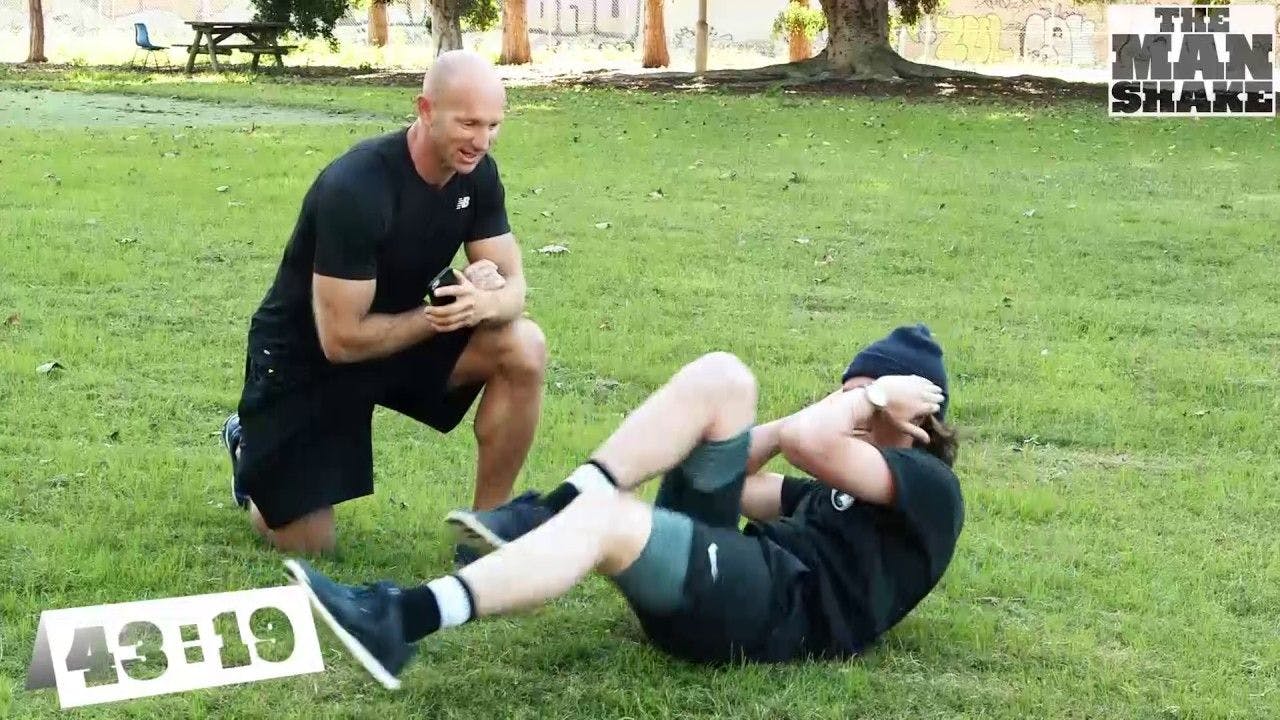How To Recover From Injuries Quickly
•Fitness

Share
You know the story: you’re on a weight loss journey and using exercise to help lose your gut. You’re out on a run when suddenly, you feel a pull in your leg and, due to the sudden onset of pain, you can’t run anymore.
Getting an injury can be a big stumbling block on your weight loss journey. However, there are steps you can take to ensure a speedy recovery. Let’s check them out.
Get An Accurate Diagnosis
The first thing you should do after sustaining an injury is to consult a doctor and/or physiotherapist. Not only will these professionals be able to diagnose the injury, but they will also be able to explain how long it will take for it to heal, suggest exercises you may need to undertake to help with the healing process, and any activities you will need to avoid to prevent an exacerbation of the injury. Additionally, these professionals should be able to pinpoint exactly what caused the injury and give you training tips to help you avoid sustaining it again.
Treat Your Injury Properly
As a bare minimum, all injuries require rest AND exercise to heal. If you only rest your injury and don’t attempt strength training, you’ll probably end up with a weakness that will be easily re-injured.
The length of the rest and the intensity of the exercise will depend on the severity of the injury, but there are some general rules that will help with the recovery process. First thing you need to do is to protect the injury for the first three to five days. This will often include the application of the RICE technique (resting, icing, compressing and elevating the injured part of your body).
Likewise, keep that part of the body moving, but don’t push it too hard. As your injury begins to heal, you can slowly introduce specific exercises to help strengthen it. If you’re experiencing pain or swelling during or after the exercises, you’re probably pushing it too hard, though.
Attempt To Stay Fit By Exercising Other Parts Of Your Body
Many professionals believe that, if possible, keeping your cardiovascular fitness up will help with injury recovery. This may be hard if you’re not a fit athlete, but attempt some light cardio if your body permits, as it will ensure that your heart and lungs will continue to strengthen, even while your injured body part is out of action. Some low impact cardio activities include swimming, power walking, water aerobics and cycling.
Ensure Your Lifestyle Supports Your Recovery
This may seem obvious, but it’s worth repeating. If you’re recovering from an injury, make sure you lay off the booze, drink plenty of water and get an appropriate amount of sleep (at least seven hours per night for adults). Likewise, don’t participate in any activities that will aggravate your injuries. For example, if you’ve injured your foot, don't go dancing.



